Text

ANTON KRUG 'Cyanotype' Dress if you want to support this blog consider donating to: ko-fi.com/fashionrunways
3K notes
·
View notes
Photo


Goddess Figurine ca 6000 BC Venus statues found all over Europe
7K notes
·
View notes
Text
My Favourite Science and History Youtube Channels
history / archeology
Archeology & Debunking Pseudoscience - Miniminuteman
Archeology particularly pre-history - Stefan Milo
Near East Archeology - Artifactually Speaking
Egyptology - Vintage Egyptologist
Greek and Roman History - Toldinstone
Pre-Colombian History - Ancient Americas
Soviet History - Lazy Izdihar
Historical Clothing - Samantha Bullat
science
Beekeeping - YappyBeeMan
Chemistry - NileRed
Geology & Volcanology - GeologyHub
Meteorology particularly tornadoes - PecosHank, Alferia, Carly Anna WX, SwegleStudios
Zoology - Lindsay Nikole
2 notes
·
View notes
Photo
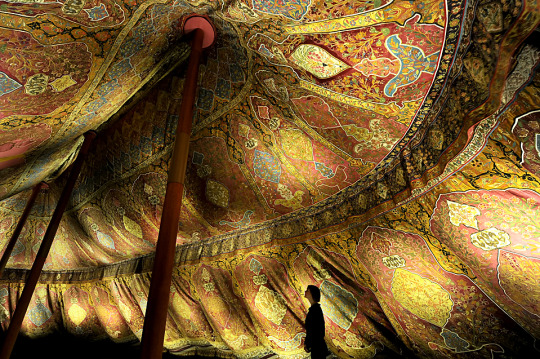
Incredible and gorgeous 17th century Ottoman tent from the Dresden State Art Collections.
32K notes
·
View notes
Photo
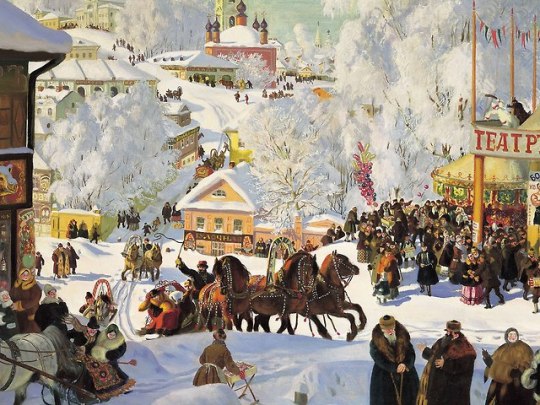
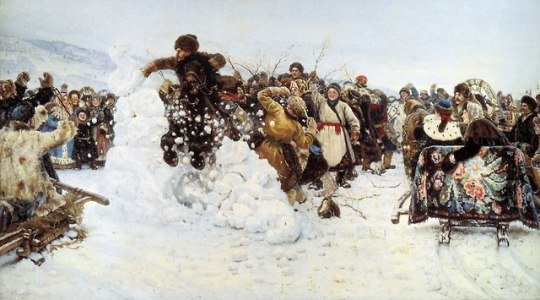
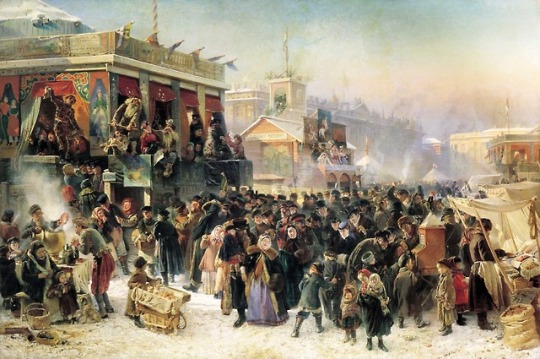
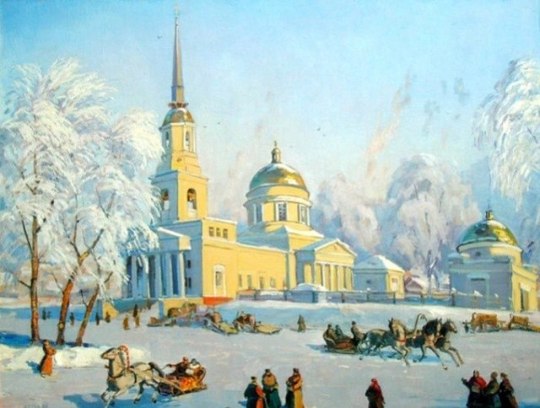
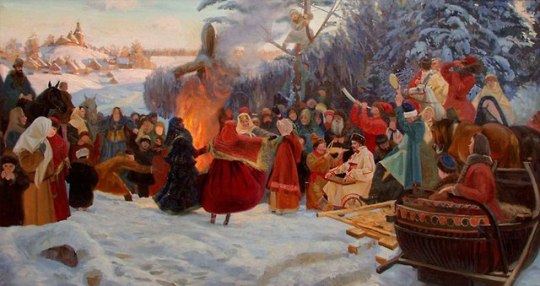
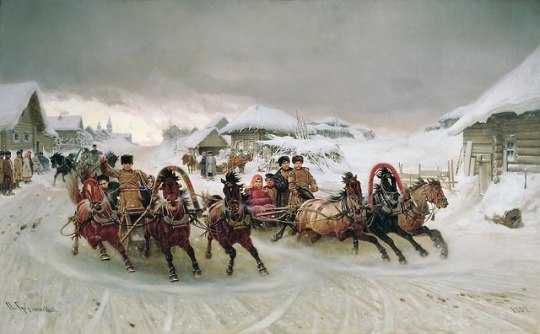
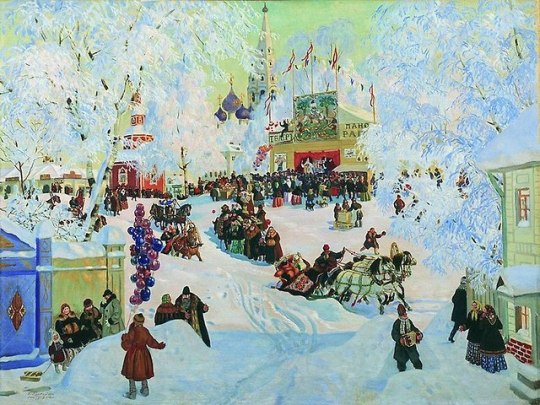
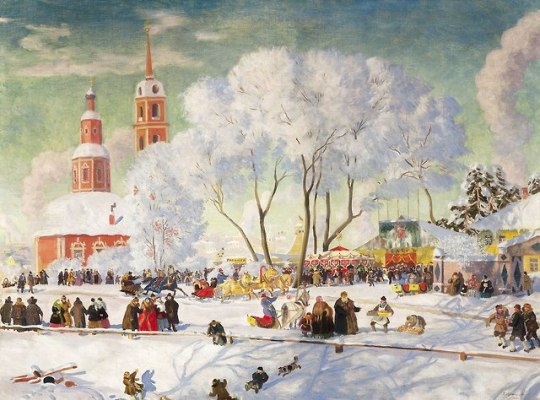
Maslenitsa festivities in Russian art
Boris Kustodiyev “Maslenitsa” (1919)
Vasily Surikov “ The Capture of Snow Town” (1891)
Konstantin Makovsky “Maslenitsa Festival on Admiralteyskaya square in Petersburg” (1869)
Valentin Belykh “Alexander Nevsky Cathedral. Maslenitsa” (1908)
Semyon Kozhin “Maslenitsa. Sendoff” (?)
Pyotr Gruzinsky “Maslenitsa” (1889)
Boris Kustodiyev “Maslenitsa” (1919)
Boris Kustodiyev “Maslenitsa” (1920)
250 notes
·
View notes
Text

Sergey Andreyaka - New year night 1984
6K notes
·
View notes
Text
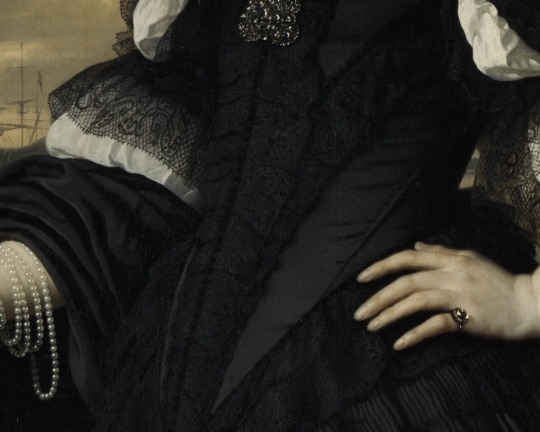
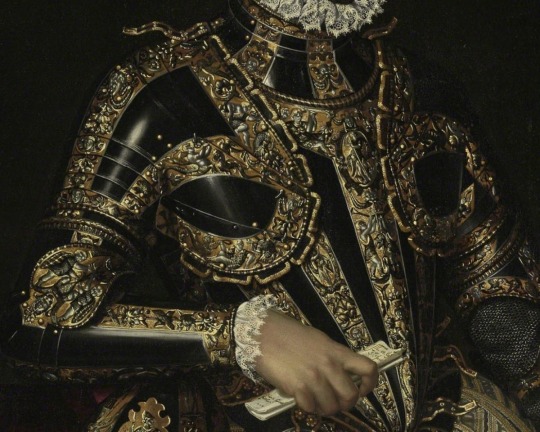
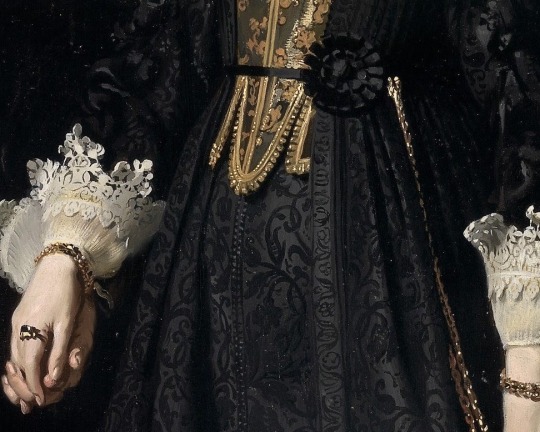
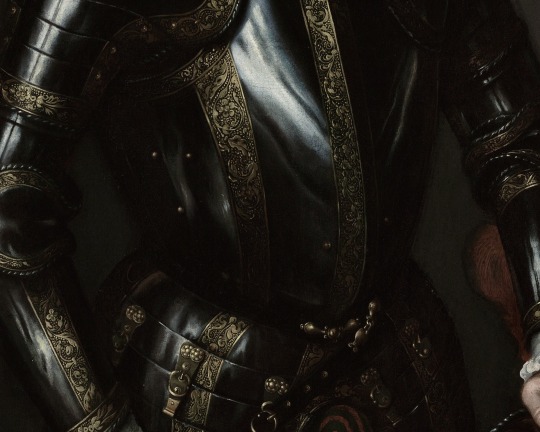

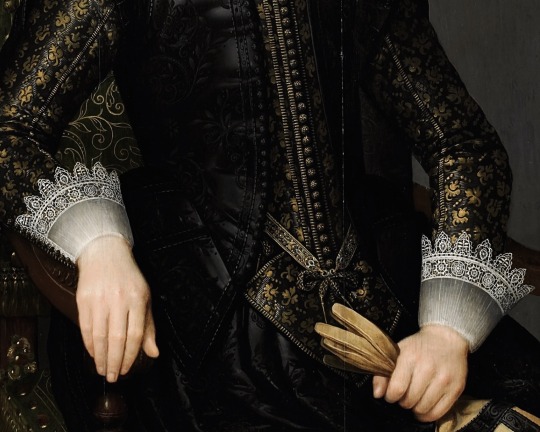
black clothing art details
sources: 1 2 3 4 5 6
1K notes
·
View notes
Text
All
Free Resource Posts Masterlist
History & Theory
course Online History Courses Masterlist
videos History and Science Youtube Channels
books Pre-Colombian History Audio Books
books Anthropology Textbooks
books Post Colonialism Masterpost
books Laughicate's Book Masterpost
books On Anti Fascism
Art
Tonk's Art Resources
Vintacha's Art Resources
books Bargue Drawing Course
Other
software Alternative browsers to chrome (great for research)
books 99 legal Sites to Download Literature
books Somerabbitholes' Essay Masterpost
0 notes
Text
Tags By Location
North Africa (Egypt, Sudan)
West Africa (Benin, Yoruba)
East Africa (Ethiopia)
Central Africa
Southern Africa (Zimbabwe)
Southern Europe (Greece, Italy, Romans, Minoan, Etruscan, Turkey)
Western Europe (Britain, Celts, Ireland, France, Germany)
Northern Europe (Vikings)
Eastern Europe (Balkan, Poland, Russia, Russian Empire, Slavic culture, Ukraine, USSR)
North America (African American, Inuit, Mexico)
Mesoamerica (Aztec, Maya)
South America (Brazil, Inca, Peru, Ecuador)
East Asia (China, Japan, Korea)
South Asia (India)
Central Asia (Uzbekistan)
Western Asia (Assyria, Iran, Mesopotamia, Turkey)
Northern Asia (Siberia, Sakha/Yakutia, Mongolia)
Oceania (Aotearoa, Australia, Polynesia, Melanesia)
0 notes
Text
📌 Link to my WIP tag lists
Art History
Resources
Tags by location
Tags by date
0 notes
Text
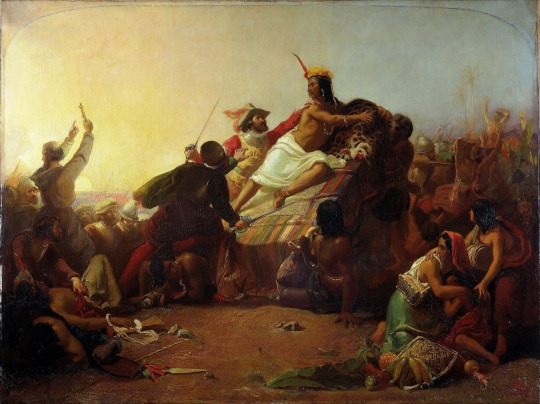
Pizarro Seizing the Inca of Peru
John Everett Millais, 1846
4 notes
·
View notes
Text
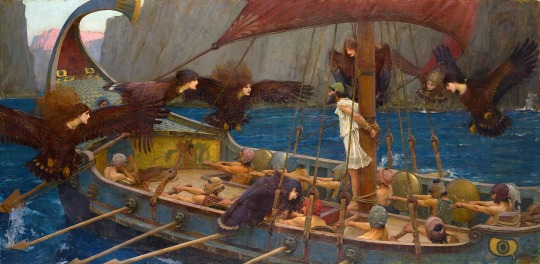
Ulysses and the Sirens
John William Waterhouse 1891
5 notes
·
View notes
Text
Medieval African Fashion to be Showcased at Berlin’s Bode-Museum



Starting February 6th, Berlin’s Bode-Museum will host Dress to Impress: Reconstructions of Medieval Robes from Nubia (In Pracht gehüllt: Rekonstruktionen mittelalterlicher Gewänder aus Nubien), an exhibition highlighting the artistry and elegance of medieval African fashion.
2K notes
·
View notes
Text
Can any fellow Gothic Lit fans recommend me some good literary analysis/theory books on gothic literature?
6 notes
·
View notes
Text
ALL YOU NEED TO KNOW ABOUT THE HEAD OF OBA
THE BENIN KINGDOM
THE LOOTED TREASURES BY THE BRITISH EMPIRE
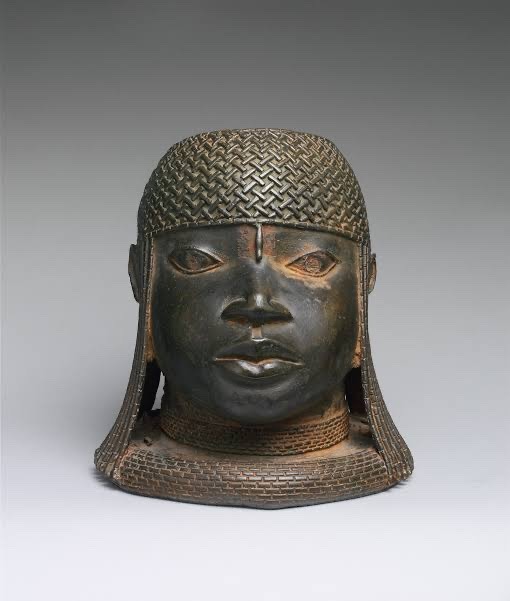
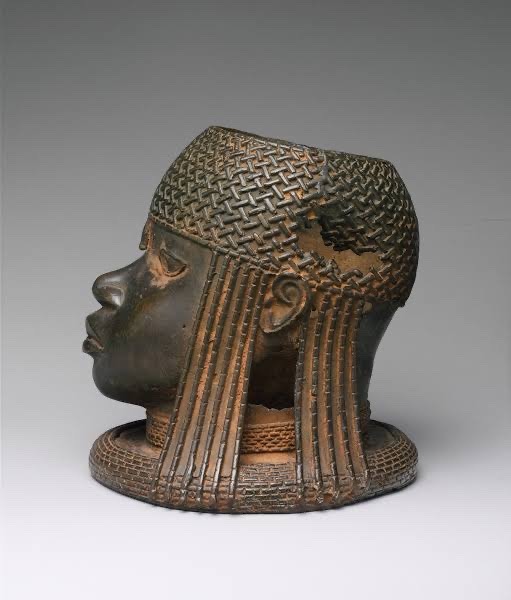
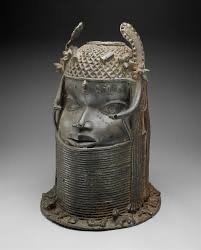
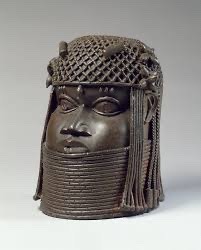
BLACK HISTORY IS DEEPER THAN SLAVE TRADE
The head sculptures of the Oba of Benin, also known as the Benin Bronzes, are a collection of intricate bronze and brass sculptures created by the Edo people of Nigeria. These sculptures typically depict the reigning Oba (king) of the Benin Empire and were produced over several centuries, with some dating back to the 13th century.
They are renowned for their artistic and historical significance, representing the cultural heritage and power of the Benin Kingdom. These sculptures often portray the Oba wearing coral beaded regalia, symbolizing his divine status and authority.
Many of these artifacts were taken from Benin during the late 19th century by British colonial forces, and they are now scattered in museums and private collections worldwide. There have been ongoing discussions and negotiations regarding their repatriation to Nigeria to restore their cultural heritage.
The head sculptures of the Oba of Benin remain a testament to the rich artistic and historical legacy of the Edo people and the Benin Kingdom.
HOW THE BRITISH STOLE FROM THE EDO TRIBE
1. British Punitive Expedition: In 1897, a British expedition, led by British officials and soldiers, was sent to the Benin Kingdom (in what is now Nigeria) with the stated objective of punishing the Oba of Benin, Oba Ovonramwen, for resisting British influence and trade in the region.
2. Sacking of the Royal Palace: During the expedition, the British forces entered the royal palace in Benin City, where many of these intricate bronze and brass sculptures were housed. The palace was looted, and numerous artifacts, including the Benin Bronzes, were taken.
3. Confiscation and Dispersal: The looted artifacts were then confiscated by the British authorities and later distributed to various individuals, museums, and institutions. Many of these artworks ended up in European museums and private collections.
The theft of the Benin Bronzes remains a contentious issue, as these artworks are considered cultural treasures of the Edo people and Nigeria as a whole. There have been ongoing discussions and demands for the repatriation of these artifacts to Nigeria, which has gained momentum in recent years as part of broader efforts to address historical injustices related to colonial-era looting.
The head sculptures of the Oba of Benin, like many traditional African artworks, hold deep symbolic significance within the context of the Benin Kingdom and its culture. Here are some of the key symbols and meanings associated with these sculptures:
1. Royal Authority: The Oba's head sculptures symbolize the authority and divine status of the reigning monarch, who was regarded as a sacred figure in Benin society. The elaborate regalia, such as coral beads and headdresses, worn by the Oba in these sculptures signifies his royal and spiritual power.
2. Ancestral Connections: The sculptures often depict the Oba with distinctive facial scarification patterns and detailed facial features. These features can represent specific ancestors or dynastic connections, emphasizing the Oba's lineage and connection to past rulers.
3. Historical Record: The sculptures also serve as historical records, documenting the appearance and regalia of the Oba during their reigns. This provides valuable insights into the history and evolution of the Benin Kingdom over the centuries.
4. Spiritual Protection: Some sculptures may incorporate elements like beads and cowrie shells, which were believed to have protective and spiritual qualities. These elements were worn by the Oba not only for their aesthetic value but also for their symbolic protection.
5. Cultural Identity: Beyond their specific symbolic meanings, the head sculptures are integral to the cultural identity of the Edo people and the Benin Kingdom. They represent the rich artistic traditions and heritage of the kingdom and its rulers.
It's important to note that the symbolism of these sculptures is deeply rooted in the cultural and historical context of the Benin Kingdom, and their interpretation can vary among different individuals and communities.
832 notes
·
View notes
Text
In his popular 1957 book The Hidden Persuaders, Packard used the phrase “motivational research” to refer to the techniques advertisers employed to sway the buying habits of an unsuspecting and passive public, associating cigarettes with “masculinity” for instance, or suggesting more ominously that a public so easily manipulated by psychological means to purchase products or services could also be persuaded to elect or follow the promises of a demagogue or dictator:
What the probers are looking for, of course, are the whys of our behavior, so that they can more effectively manipulate our habits and choices in their favor. This had led them to probe why we are afraid of banks; why we love those big fat cars; why housewives typically fall into a hypnoidal trance when they get into a supermarket; why men are drawn into auto showrooms by convertibles but end up buying sedans; why junior loves cereal that pops, snaps, and crackles.
We move from the genial world of James Thurber into the chilling world of George Orwell and his Big Brother, however, as we explore some of the extreme attempts at probing and manipulating now going on. (Packard, 1957)
The menacing ring of Packard’s prose connects consumer-led advertising with a public susceptible to the false promises or the flaming of popular fears and prejudices by politicians. For Europeans, interwar anti-Semitic and other fascist propaganda offered more chilling memories of the persuasive power of propaganda imagery to arouse hatred or promote nationalist identity, emboldened by state control of mass media, providing an underpinning for the attitudes of graphic designers in Switzerland and their commitment to ethical responsibility through self- imposed safeguards and restraint, along with independence from the dangers of exaggeration in commercial practice. Linking such attitudes to standards of professional practice would help to create a healthy partnership (or checks and balances) between graphic design and the business community, curbing any tendency toward the excesses of advertising through self-control and “objectivity.”
(Reading Graphic Design History, 2022)
1 note
·
View note
Text
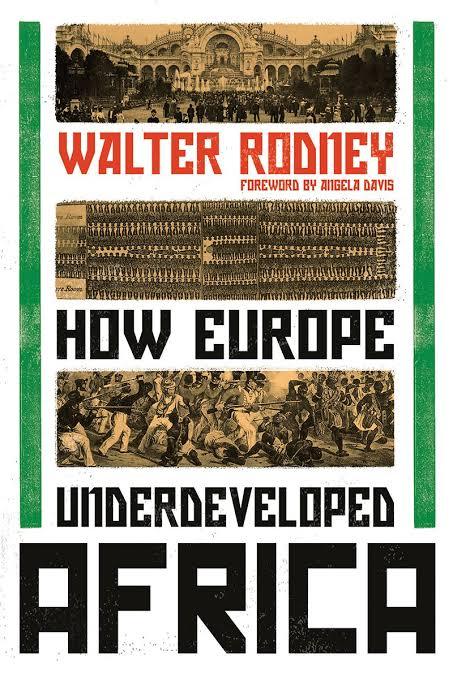
How Europe Underdeveloped Africa by Walter Rodney
This book was so freaking good! Anyone interested in post colonialism you will love this one
ps: this book is on Libby and there’s a pdf that comes up on archive.org too
quotes below:
"In a way, underdevelopment is a paradox. Many parts of the world that are naturally rich are actually poor and parts that are not so well off in wealth of soil and sun-soil are enjoying the highest standards of living. -the bourgeois economist in question does not give a historical explanation, nor does he consider that there is a relationship of exploitation which allowed capitalist parasites to grow fat and impoverished the dependencies."
"The United States has a small proportion of the world’s population and exploitable natural wealth but it enjoys a huge percentage of the wealth which comes from exploiting, the labor and natural resources of the whole world."
"When citizens of Europe own the land and the mines of Africa, this is the most direct way of sucking the African continent. Under colonialism, the ownership was complete and backed by military domination."
"Fascism was a monster born of capitalist parents. Fascism came as the end-product of centuries of capitalist bestiality, exploitation, domination, and racism—mainly exercised outside Europe."
"Up to the sixteenth century, that was the general pattern in Africa, Asia, and Europe: with Asian cloth-makers being the most skilled in the world. India is the classic example where the British used every means at their disposal to kill the cloth industry, so that British cloth could be marketed everywhere, including inside India itself. European cloth industry was able to copy fashionable Indian and African patterns, and eventually to replace them. Partly by establishing a stranglehold on the distribution of cloth around the shores of Africa, and partly by swamping African products by importing cloth in bulk, European traders eventually succeeded in putting an end to the expansion of African cloth manufacture."
1 note
·
View note